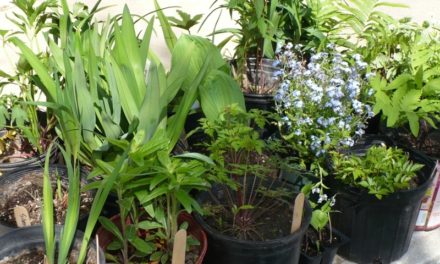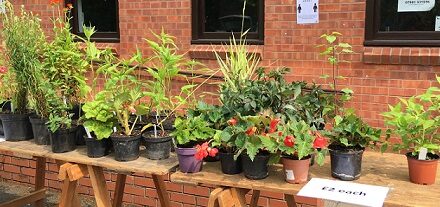Meeting: March 2018
Choosing the Correct Cultivar, Hybrids, Seeds and Storage
Our speaker in March was Richard Baldwin who was a senior lecturer in horticulture at Pershore College and during his time has run both commercial and organic vegetable units.
Whilst the title of the talk may sound slightly off putting to someone with a small vegetable plot, the content would certainly be of interest particularly to those with limited space who wish to make the most of it.
Prior to 1920 there was no regulation covering seed production and sales and so it was to a large extent a bit of a lucky dip. The Seed Act 1920 was brought in to govern the quality of seed sold. This has been followed by numerous other pieces of legislation to ensure that you are getting viable, quality seed.
However, the various Acts only cover the seed at the date of packaging and guarantees the percentage germination (usually 80%) and purity but not vigour, so much depends upon how it is stored and looked after prior to planting. I am sure many of us are guilty of planting old seed that has been kept in the back of a drawer and being disappointed with the results.
It is easy when perusing seed catalogues to believe that all the seeds will grow in all situations, soil types etc. so it is important to find out which varieties will suit you, and this is often best done by speaking to local gardeners. In addition, you also need to decide what you are growing for, production or show, and some varieties will have too much variation for showing but be perfectly acceptable for
home scale food production.
There is not enough space here to cover all the points made in the talk but here are a couple of tips that may be useful to everyone.
- Before sowing the seed, particularly if it has been kept for a while, test germinate on some damp kitchen roll. This will confirm whether it is worth sowing and if you need to increase the seed rate to ensure a decent crop.
- When storing seed, the rules of thumb are – for every 5 degree centigrade rise in temperature the seed life is halved, for every 1% increase in seed moisture above 5-14% seed life is halved. So, store your seed between 1 and 5 degrees centigrade and keep it as dry as possible – Richard stores his in sealed jars in the fridge.








